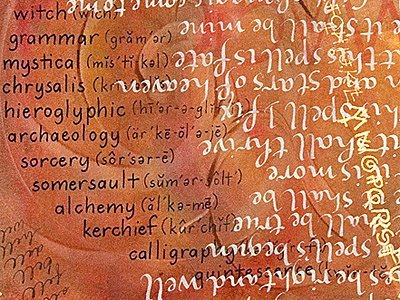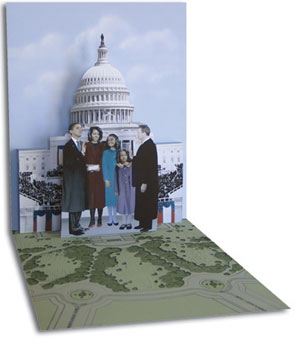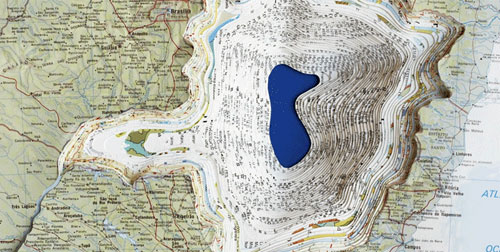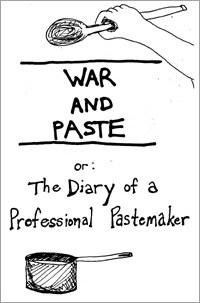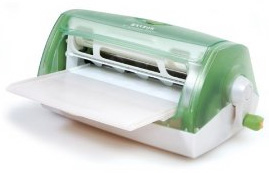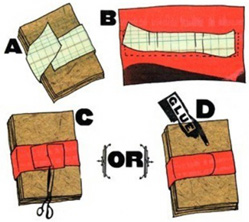At the BABA book jam in October, calligrapher Cari Ferraro stopped by my table to say hi, and when I asked about the book she’d just finished, I got a huge treat when she brought it over for me to look at. Here’s what Cari says about the book on her website:
Spelling Words explores the roots of the English word “spell” and its intersection with letter magic. The book has two beginnings which meet in the center spread where the book may be turned over and read again from the other direction. Each side of the book begins with dictionary definitions of the word spell, the verb and the noun. Alphabets, magical symbols, and various rules and instructions for spelling fill the other pages.
Reading and handling her book was quite a pleasure: the handcrafted care of the painted paper, binding, and book case; the beautifully lettered words and page layout; and the wonderful surprise of reaching the middle of the book and having to turn it around to read the rest. Reading from one end, the words are loose, relaxed, breaking free of the page layout. From the other, they are more constrained and regular.
![]() Below is a detail from Spelling Words. Cari has lots of pictures of page spreads and more details on her website as well as her blog.
Below is a detail from Spelling Words. Cari has lots of pictures of page spreads and more details on her website as well as her blog.
